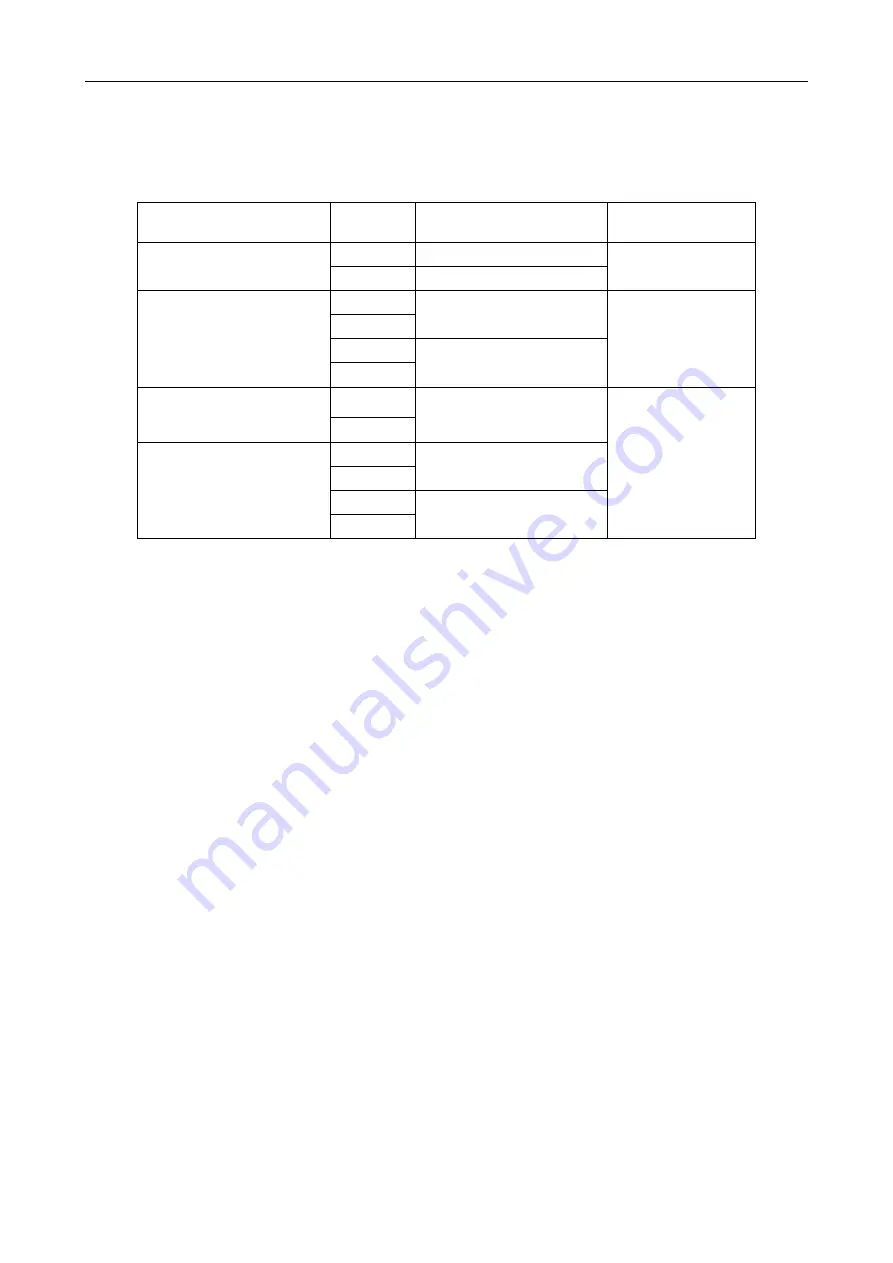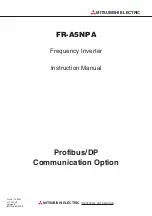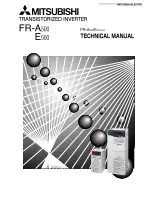
R60-IO
User Manual
-4-
szruitech.com
3. Drive Port and Connection
3.1 Port function description
Function
Grade
Definition
Remarks
Power supply input port
AC
Input AC power supply
DC 24~48V
AC
Input AC power supply
Motor connection port
B-
connect two terminals of
motor’s phase-B winding
B+
A-
connect two terminals of
motor’s phase-A winding
A+
Potentiometer interface
ENA+
Enable control interface
3.3 ~ 24V level
compatible
ENA-
Pulse connection
IN1+
Forward trigger input
interface
IN1-
IN 2+
Reverse trigger input
interface
IN 2-
3.2 Power supply input
The power supply of the drive can be both AC power and DC power, and the input voltage range is
24V~48VDC.
Input power polarity should not be reversed!!!
The drive’s work mode is constant current control. The drive output the voltage to motor by changing the
input power into PWM chopping wave when it is working. In this case, the input power will affect the
performance of drive.
Power selection reference:
Voltage:
The stepper motor has the characteristic of torque decreasing as the motor speed increases, and the
voltage of the input power supply will affect the declining amplitude of the motor torque at high speed.
Increasing the voltage of the input power supply appropriately can increase the output torque of the
motor at high speed. And use low voltage when it is low speed required, can lower motor’s heating
appropriately.
Current:
The work of the drive is to convert the input power supply with high voltage and low current to the low
voltage and high current at both terminals of the motor winding.In this case, the current of power supply
will be lower than the motor’s.
The effects of regeneration voltage:





























